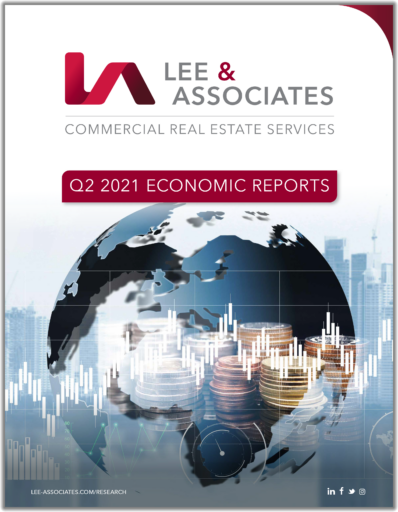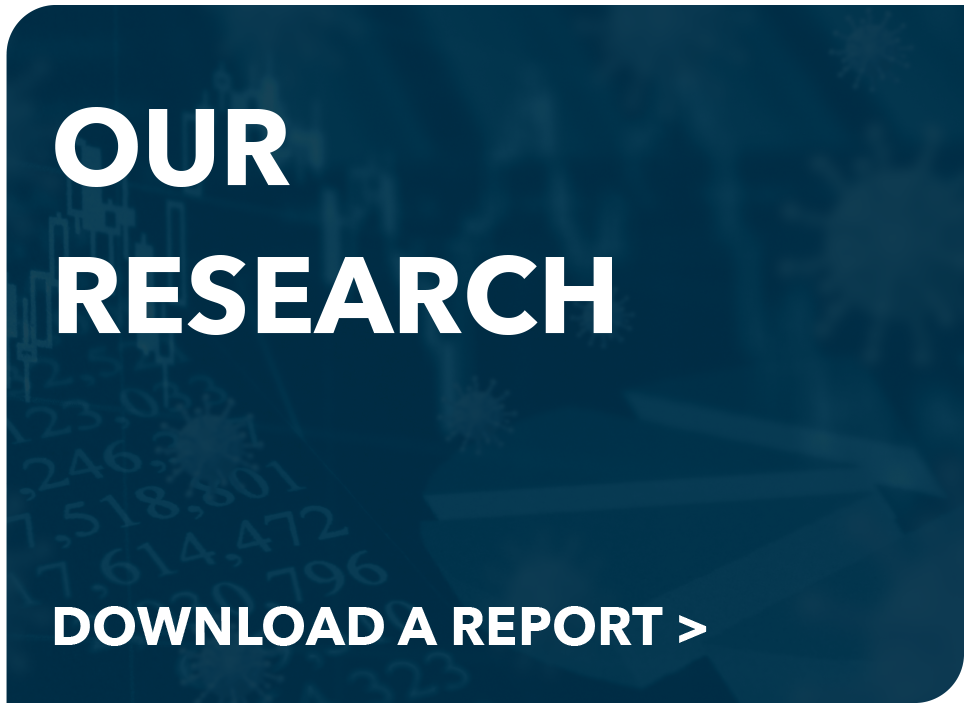GDP GROWTH:
The U.S. economy rose at an annual rate of 6.5% in the second quarter, slightly more than in Q1 but disappointing to economists expecting even healthier growth. Nevertheless, it was a clear signal that U.S. growth has broken free of the pandemic’s suffocating economic effects as the expansion pushed GDP beyond pre-pandemic levels. A year ago, second quarter GDP plunged 31.4% before rebounding 33.4% in the third quarter with subsequent quarterly gains.
The Bureau of Economic Analysis said that gross private domestic investment fell 3.5% as declines in private inventory and residential investment held back gains. Rising imports and a 5% decline in the rate of federal government spending, despite the ballooning budget deficit, also were factors. The overall increase was attributed to increasing personal expenditures, which rose 11.8% as consumers accounted for 69% of all activity. Nonresidential fixed investment, exports and state and local government spending also helped boost output.
Analysts said growth might have been stronger but for supply-chain disruptions and labor challenges. Those issues, combined with a surge in consumer demand, contributed to more inflation in the second quarter. Consumer prices rose 1.6 percent from the first quarter of the year to the second. Without adjusting for inflation, economic output rose 3.1 percent. READ MORE >
EMPLOYMENT OVERVIEW:
Job growth improved steadily in the second quarter as businesses sought to keep up with the strong recovery. In June, wages rose for the third month in a row.
Nonfarm payrolls increased 850,000 in June, the largest gain in 10 months, more than the 706,000 estimate and greater than the 583,000 jobs added in May. Despite the gain, the unemployment rate at the end of the first half rose slightly to 5.9%.
The data from the Bureau of Labor Statistics through Q2 brings the total job recovery from pandemic losses to 15.6 million. More than 22.3 million workers were furloughed in March and April of last year after government imposed restrictions. The total employment level is 7.13 million less than the job total of February 2020.
The restaurant and hospitality sector has gained the most, notching a gain of 343,000 jobs amid easing restrictions across the country. That total included 194,000 in bars and restaurants, but 2.2 million hires shy of where the sector was in February 2020. Despite the big increase in jobs, restaurant and hospitality unemployment jumped to 10.9%. READ MORE >
MONETARY POLICY OVERVIEW:
The Fed has signaled mild concern over higher-than-anticipated inflationary pressures, indicating it may increase interest rates sooner than expected.
Fed Chairman Jerome Powell acknowledged that the Federal Open Market Committee had discussed the issue at its June meeting at which officials left the benchmark short-term borrowing rate near zero. The statement from the committee, which was unanimous on leaving borrowing rates unchanged, said its headline inflation expectation increased from a full percentage point to 3.4% from March to June.
Separately, officials hinted that rate hikes could come as soon as next year. At the same time no indication was given when the central bank would begin to curtail its bond buying, which was launched last year to insure liquidity in financial markets. Previously, Powell said the monthly bond purchases, which have been at $160 billion a month, would be reduced before the Fed considers increases in its benchmark borrowing rates.
Additionally, while the statement said the Fed’s earlier position that inflation pressures were transitory was unchanged, Powell told reporters after the meeting that some of the dynamics of re-opening the economy, such as workers being slow to return to jobs, are “raising the possibility that inflation could turn out to be higher and more persistent than we anticipate.” READ MORE >
GLOBAL ECONOMY OVERVIEW:
Through the first half of this year global growth remained on track to expand at the fastest pace in 80 years. But the recovery is uneven with emerging and developing economies continuing to struggle with low vaccination rates and high rates of infections slowing their improvement.
“While there are welcome signs of global recovery, the pandemic continues to inflict poverty and inequality on people in developing countries around the world,” said World Bank Group President David Malpass in the group’s June 2021 Global Economic Prospects.
“Globally coordinated efforts are essential to accelerate vaccine distribution and debt relief, particularly for low-income countries. As the health crisis eases, policymakers will need to address the pandemic’s lasting effects and take steps to spur green, resilient and inclusive growth while safeguarding macroeconomic stability,” Milpass said.
Among leading economies, the World Bank said U.S. growth is projected to reach 6.8% this year, reflecting continued strong fiscal support and easing restrictions.
China’s rebound is anticipated to hit 8.5% this year, the World Bank forecast said. Emerging market and developing countries are forecast to grow 6% this year, supported by higher demand and commodity prices. But exclude China from this group and the forecast falls to 4.4%, a rate that is insufficient to recover the losses of the 2020 recession. Income in many developing economies is expected to remain below pre-pandemic levels. Losses are expected to worsen the deprivations of health, education and general living standards. READ MORE >




